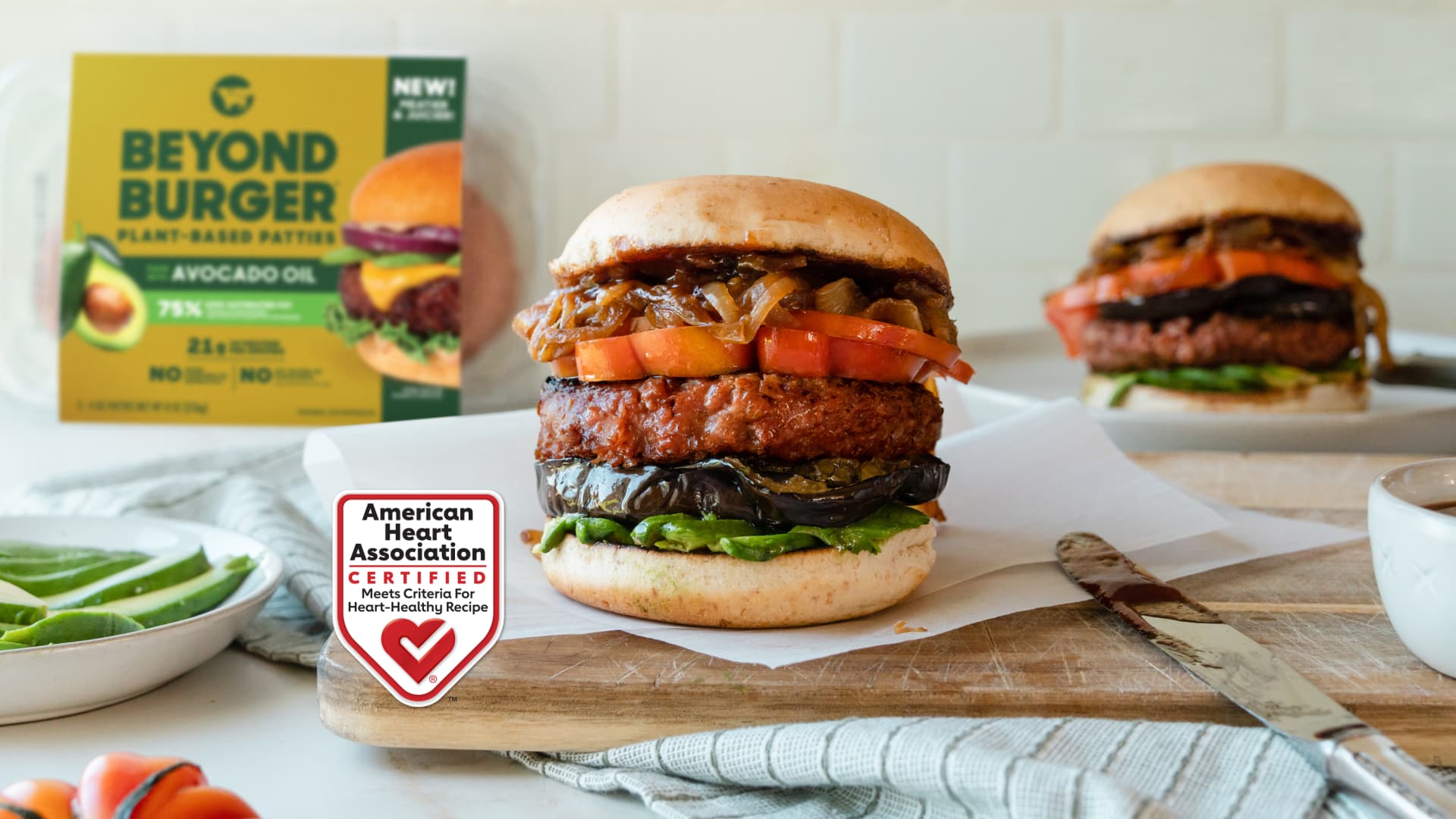Two years ago, Wendy’s launched its breakfast menu nationwide, finally crossing the finish line for a goal it tried and failed at for nearly four decades. Then came Covid lockdowns.
Before the pandemic, breakfast was the only meal that drew a growing number of customers to fast-food chains. Lunch and dinner traffic was shrinking as consumers chose healthier options or made their meals at home. For Wendy’s, entering breakfast would allow the burger chain to attract new sales without cannibalizing its lunch, snack or dinner traffic.
Wendy’s stuck to its plan even as Covid took hold, serving up egg sandwiches and breakfast burgers as rival restaurant chains opened later or trimmed their early morning offerings. It now holds the third-largest market share of any burger chain in the competitive breakfast category, behind Restaurant Brands International’s Burger King and a dominant McDonald’s.
By the fourth quarter of 2021, breakfast sales accounted for roughly 8% of Wendy’s U.S. sales, still shy of the chain’s goal of 10% of total U.S. sales. Last year, the company grew its breakfast sales by about 25%, and Wendy’s thinks the daypart has more room to grow. In 2022, the burger chain expects its breakfast sales to climb an additional 10% to 20%.
“For us, right now, we’re very solidly and very quickly established as the number three, but we’re only about a share point behind Burger King,” Wendy’s U.S. President Kurt Kane said in an interview. “Our first job is to leave them behind, which we’re very confident that we’re going to be able to do here in the not-too-distant future.”
Burger King’s U.S. business has struggled in recent years, and its weak breakfast performance hasn’t helped. In the fourth quarter, Burger King’s U.S. same-store sales rose just 1.8%, trailing both McDonald’s and Wendy’s metrics for their home markets.
And even though McDonald’s is still the dominant player in the early-morning daypart, Kane said he thinks Wendy’s could eventually become number one.
“We think the Frozen Arches have had plenty of time at the top of the breakfast category, but I think we’ll obviously keep nipping away at that and gobbling up share across the rest of the category,” he said.
In late February, Wendy’s announced it would be taking its breakfast menu to all of its Canadian restaurants this spring.
Shares of the company have risen 7.6% over the last 12 months, bringing its market value to $4.76 billion. The stock has underperformed the S&P 500, but it’s doing better than shares of McDonald’s and Restaurant Brands International.
Becoming a pandemic winner
Wendy’s breakfast was available nationwide for only about two weeks before states and localities ordered restaurants to shutter their dining rooms and switch to serving their food through delivery, takeout and drive-thru lanes.
According to Kane, the company discussed the option to modify its breakfast plans with franchisees once lockdowns went into effect, but their operators committed to keeping the momentum going.
“We were off to a fantastic start, well ahead of any projections that any of us could have hoped for in those first two weeks,” Kane said. “We knew if we could keep it going, we could build new habits and create a lot of fans through the process.”
Wendy’s had a leg up on the competition anyway since it had already designed the first two-and-half hours of its breakfast service to be drive-thru only.
On top of that, Wall Street analysts had anticipated that its fast-food rivals would step up their own breakfast deals and advertising to maintain customers’ loyalty. Instead, many restaurants found themselves hoarding cash, cutting advertising and eliminating promotions as their sales took a nosedive.
Wendy’s took the opportunity to spend more on marketing and spread awareness.
The pandemic didn’t just impact the competition’s marketing plans. Some fast-food restaurants even stopped selling the early-morning meal because of staffing issues and to preserve their profitability. Many Taco Bell locations began opening after breakfast hours and only resumed their prior schedule this September.
Still, Wendy’s hasn’t been immune to some of the pandemic’s pressure points. Like the rest of the broader restaurant industry, its franchisees struggled at times with staffing shortages, although Kane said efforts to recruit more workers ahead of the breakfast launch helped.
Changing routines
The timing of Wendy’s breakfast launch gave consumers the opportunity to start a new morning habit just as the rest of their daily routines were turned upside down.
“Even though it wasn’t the way that we would’ve drawn up the playbook, it may have actually helped us because it gave us the opportunity to really build it in a steady way,” Kane said.
Many consumers stopped commuting to offices or schools, so they changed up their breakfast routines. Cereal and orange juice sales came roaring back after declining for years, but restaurants saw demand for their breakfast drop sharply. Starbucks, for example, saw many of its customers delay their visits, opting for an after-lunch coffee instead of a morning cup.
Before the pandemic, Wendy’s anticipated that its busiest times would be from 7 a.m. to 9 a.m. as consumers went to work. Instead, the company saw its longest breakfast lines in the last half hour of service.
Of course, that pattern is shifting again as more consumers return to offices and schools.
“Even though the pattern is different, breakfast mobility is pretty much back to where it was prepandemic,” he said.
From September to November, online and in-person traffic to restaurants during breakfast hours rose 11%, compared with a 10% decline in the year-ago period, according to The NPD Group.
As early-bird customers return, Wendy’s has used aggressive promotions to drive traffic to its restaurants and build awareness for its breakfast offerings. From November to mid-December, it sold its egg and cheese biscuit sandwiches — with a choice of sausage or bacon — for just $1. Kane said to expect similar deals in the coming months.
The chain also recently launched its first addition to the breakfast menu since its debut: the Hot Honey Chicken Biscuit. It’s a play on the Honey Chicken Biscuit, which is tied with the Breakfast Baconator as Wendy’s top-selling breakfast items.
Between the two crowd favorites, though, Kane has a clear favorite: He claims to have eaten 720 Breakfast Baconators since the official launch — just about one a day.
“Some days you get two, some days you don’t get any, but you have to balance it out,” Kane said.







